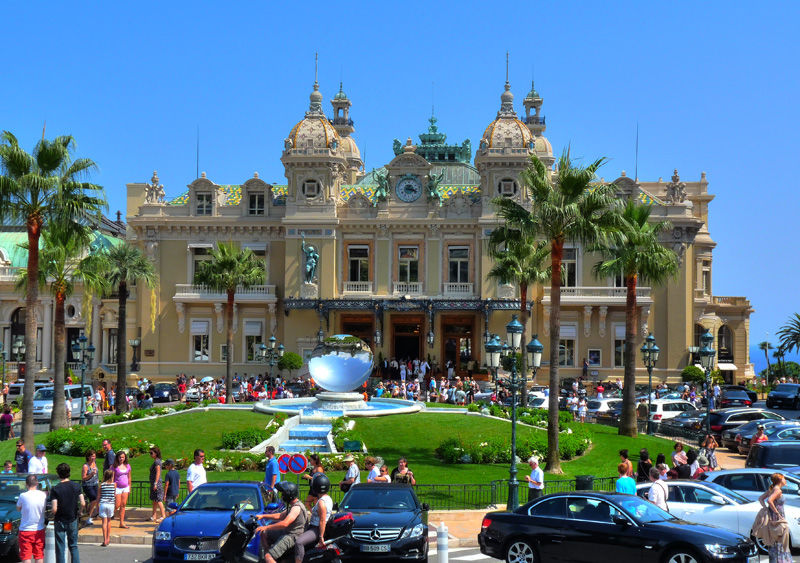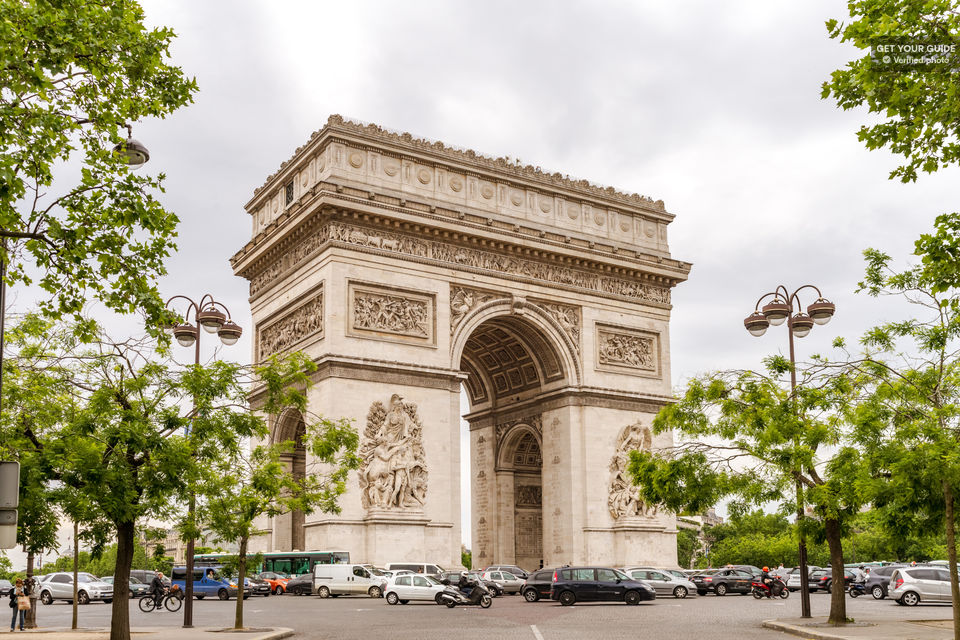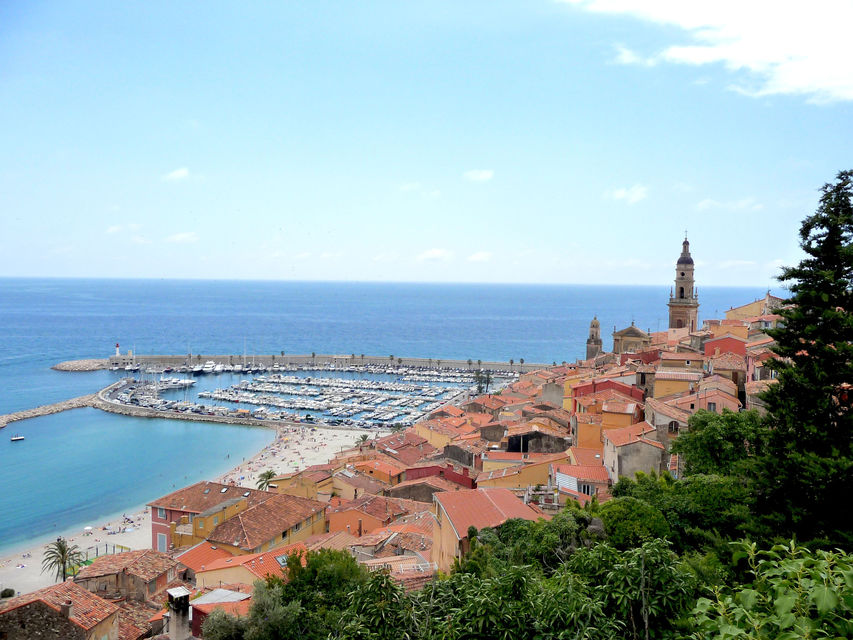A Grand Tour of France: Paris, the Loire Valley, Versailles & Montmartre

A Grand Tour of France: Paris, the Loire Valley, Versailles & Montmartre
This travel guide provides a comprehensive itinerary exploring the quintessential highlights of Northern France, from the romantic boulevards of Paris to the majestic châteaux of the Loire Valley and the opulent Palace of Versailles.
Itinerary Overview
This journey is designed as a 6 to 8-day loop, starting and ending in Paris. It seamlessly blends urban sophistication with royal history and rustic charm.
Paris: The City of Light
Paris, the capital of France, is a global epicenter for art, fashion, gastronomy, and culture. Its history spans over two millennia, evident in its architecture, from Roman ruins to Haussmann's grand boulevards and contemporary marvels.
The Eiffel Tower (La Tour Eiffel)
Constructed for the 1889 World's Fair, the Eiffel Tower was initially criticized by some of Paris's leading artists and intellectuals but has since become the most iconic symbol of the city. Gustave Eiffel's iron lattice tower stands at 330 meters (1,083 ft) tall.
The Louvre Museum (Musée du Louvre)
Housed in the Louvre Palace, a former royal residence, the Louvre is the world's largest and most-visited art museum. Its collection spans from antiquity to the mid-19th century, featuring iconic works such as the
Mona Lisa, the Venus de Milo, and the Winged Victory of Samothrace.Day Trip: The Palace of Versailles (Château de Versailles)
A symbol of the absolute monarchy of the Anci Régime, the Palace of Versailles was the principal royal residence from 1682 under Louis XIV until the beginning of the French Revolution in 1789 under Louis XVI. It is renowned for its Hall of Mirrors, lavish State Apartments, and sprawling gardens.
The Palace Interior
The main palace contains the King's and Queen's State Apartments, the most famous room being the
Hall of Mirrors (Galerie des Glaces). This 73-meter-long gallery features 17 mirror-clad arches reflecting 17 arcaded windows overlooking the gardens. The Treaty of Versailles, ending World War I, was signed here in 1919.The Gardens of Versailles
Designed by André Le Nôtre, the gardens cover 800 hectares and are a masterpiece of formal French garden design. They are adorned with meticulously manicured lawns, parterres of flowers, sculptures, and fountains. The Grand Canal is a centerpiece stretching 1.5 kilometers.
The Trianon Estates & Marie-Antoinette's Hamlet
Located within the park are the Grand Trianon and Petit Trianon, smaller palaces used as retreats from the formality of court life. The Queen's Hamlet (Hameau de la Reine) is a rustic village built for Marie-Antoinette, where she could experience a simplified, pastoral life.
The Loire Valley: A Journey into the Renaissance
A UNESCO World Heritage site, the Loire Valley is known as the "Garden of France" and the "Cradle of the French." During the Renaissance, French kings and nobles built elaborate châteaux along the Loire River, transforming the region into the heart of French politics and culture.
Château de Chambord
The largest and most majestic château in the Loire Valley, Chambord was built as a hunting lodge for King Francis I. It is an architectural masterpiece of the French Renaissance, blending traditional French medieval forms with classical Renaissance structures. Its most famous feature is the spectacular
double-helix staircase, reputedly designed by Leonardo da Vinci, which allows two people to ascend without meeting.Château de Chenonceau
Known as the "Ladies' Château," Chenonceau's history was shaped by a succession of influential women, including Diane de Poitiers and Catherine de' Medici. The château is celebrated for its elegant arches that span the River Cher, its beautiful gardens (the Diane de Poitiers Garden and the Catherine de' Medici Garden), and its exquisite interior decorations. It is one of the most-visited and photographed châteaux in France.
Montmartre: The Village of Artists
Perched on a hill in Paris's 18th arrondissement, Montmartre retains a distinct village-like atmosphere. Historically a hub for artists like Picasso, Van Gogh, and Toulouse-Lautrec, it is now famous for the gleaming white Basilica of the Sacré-Cœur and its bustling artist square.
The Basilica of Sacré-Cœur (Basilique du Sacré-Cœur)
This Romano-Byzantine basilica, constructed between 1875 and 1914, is dedicated to the Sacred Heart of Jesus. Its brilliant white travertine stone constantly exudes calcite, ensuring it remains white even with weathering. The dome offers one of the highest panoramic views over Paris.
Place du Tertre
Just a few streets away from Sacré-Cœur, this small square is filled with artists painting portraits and landscapes for tourists. While it can be very touristy, it captures the artistic spirit that has defined Montmartre for over a century.


